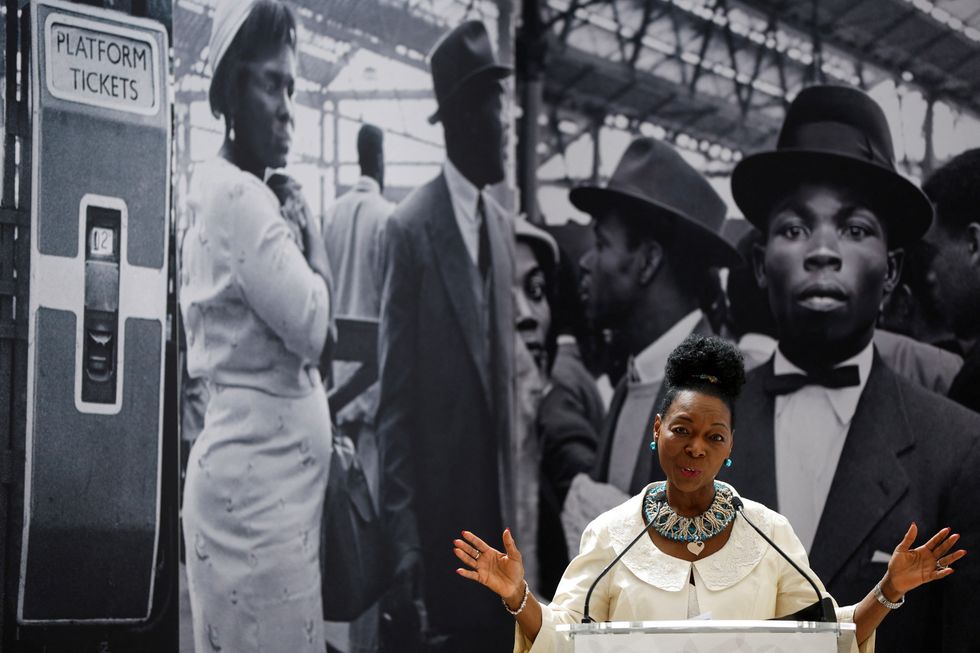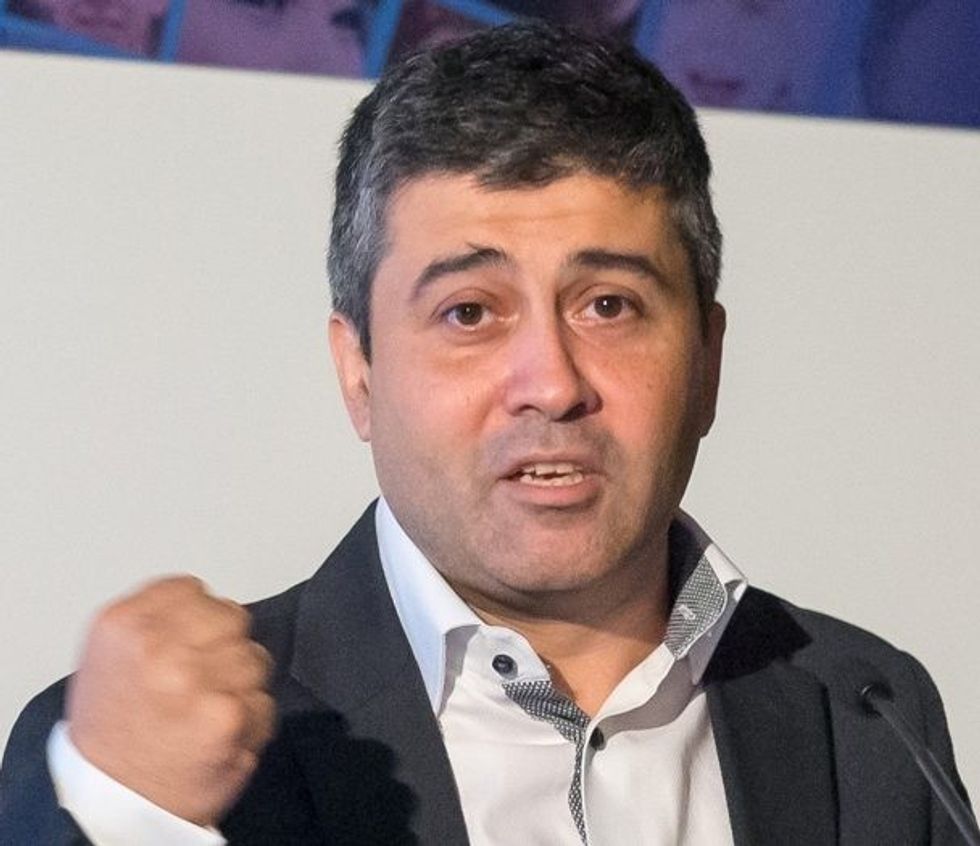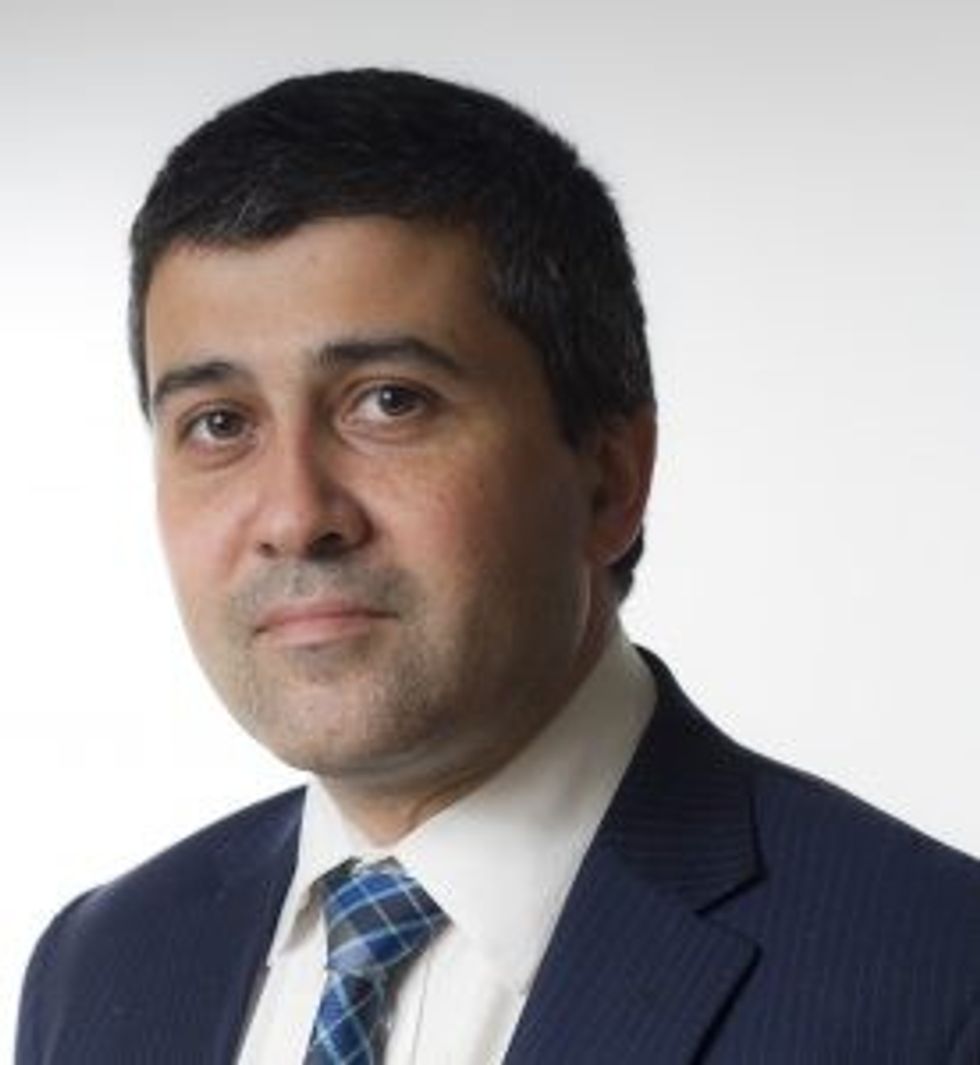by Amit Roy
AFTER Chelsea, the Hampton Court Palace Flower Show is probably the most renowned in the country.
To get there last week on a hot summer’s day was quite an adventure in itself – a 36-minute train journey from Waterloo to Hampton Court station and then a long walk across Hampton Court Bridge and along the banks of the Thames to the entrance of the flower show.
The Flower Show, which began in 1990 and was taken over by the Royal Horticultural Society (RHS) in 1993, now occupies 34 acres and is said to be the largest in the world. We were given a guided tour by Gemma Lake, the show’s manager, who spoke about how cutting down trees can turn once lush areas into deserts.
One of the highlights this year was “a Russian-themed garden based on Melikhovo, the country estate near Moscow where Anton Chekov, one of Russian’s greatest writers, wrote his most famous play The Seagull”.
The show also tackled “such subjects as the pressures of social media, global deforestation caused by the meat industry, bringing wildlife back to urban areas, the emotional experiences of families living with cancer and the recycling of water”.
This year there was particular encouragement for “up-and-coming female designers”.
Gardening really is big business in Britain. The RHS says it is “committed to bring the joy of gardening to millions more people, inspire the next generation of gardeners and invest in the future to safeguard a £10.4 billion industry employing more than 300,000 people”.
At Hampton Court, urban dwellers with little or no space can get ideas as well as advice.
What I liked especially was the Limbacre Garden, which “delivers a message of hope to amputees and their families who have the huge challenge of accepting a dramatically changed life. Within the garden, key features symbolise how the charity gives hope and security. For example, the bridge over the pebble stream represents the amputee reaching out to the charity and receiving a helping hand.”
The garden is designed “to offer a breathing space away from the clinical environment – a human, calming space where the power of nature to heal is manifest”.
Perhaps in time we should consider submitting a British Asian garden designed by Eastern Eye readers.
















 LONDON, ENGLAND - JUNE 22: Baroness Floella Benjamin speaks during the unveiling of the National Windrush Monument at Waterloo Station on June 22, 2022 in London, England. The photograph in the background is by Howard Grey. (Photo by John Sibley - WPA Pool/Getty Images)
LONDON, ENGLAND - JUNE 22: Baroness Floella Benjamin speaks during the unveiling of the National Windrush Monument at Waterloo Station on June 22, 2022 in London, England. The photograph in the background is by Howard Grey. (Photo by John Sibley - WPA Pool/Getty Images)

 Ed Sheeran and Arijit Singh
Ed Sheeran and Arijit Singh Aziz Ansari’s Hollywood comedy ‘Good Fortune’
Aziz Ansari’s Hollywood comedy ‘Good Fortune’ Punjabi cinema’s power-packed star cast returns in ‘Sarbala Ji’
Punjabi cinema’s power-packed star cast returns in ‘Sarbala Ji’ Mahira Khan
Mahira Khan ‘Housefull 5’ proves Bollywood is trolling its own audience
‘Housefull 5’ proves Bollywood is trolling its own audience Brilliant indie film ‘Chidiya’
Brilliant indie film ‘Chidiya’  John Abraham
John Abraham Hina Khan and her long-term partner Rocky Jaiswal
Hina Khan and her long-term partner Rocky Jaiswal  Shanaya Kapoor's troubled debut
Shanaya Kapoor's troubled debut Sana Yousuf
Sana Yousuf

